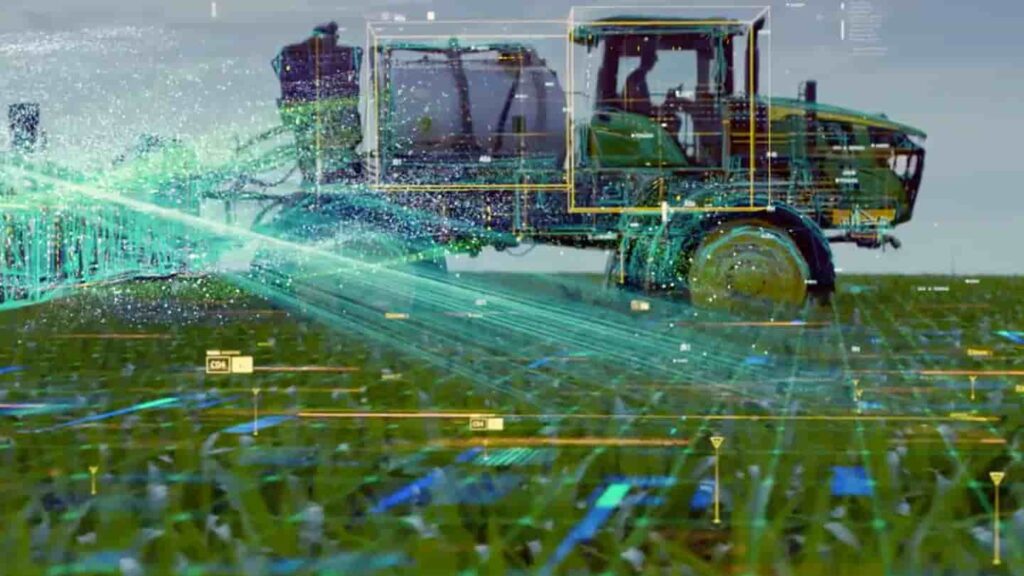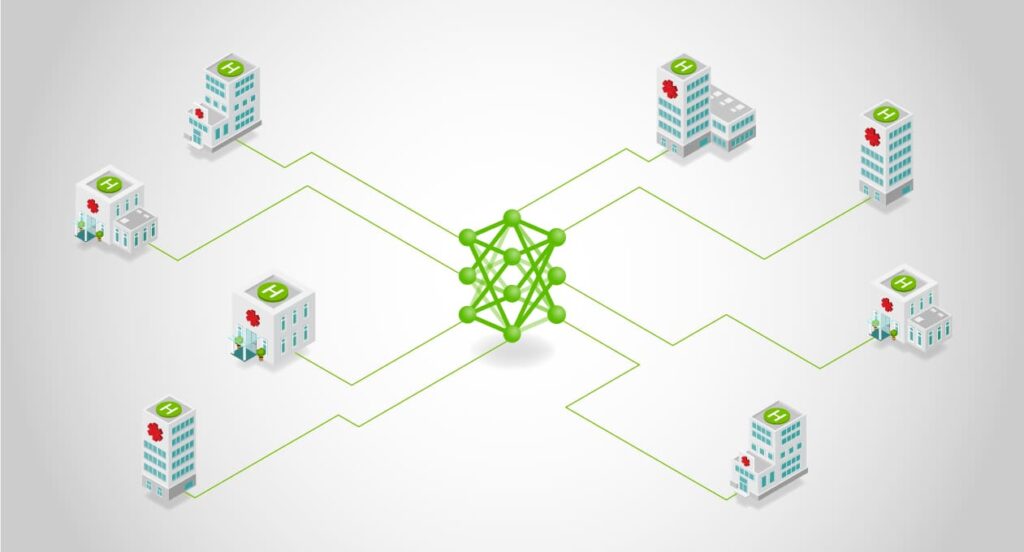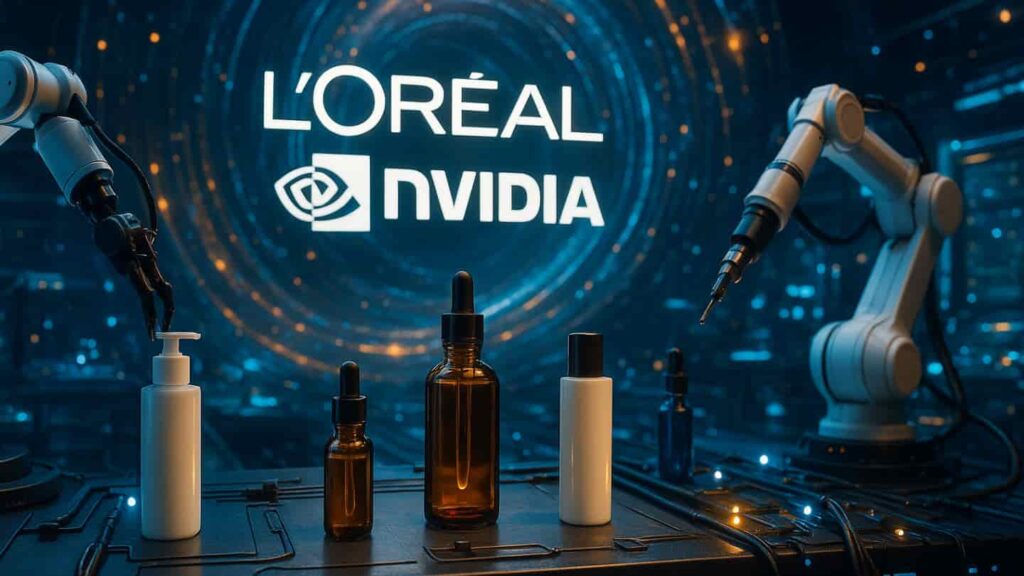When most people think of Nvidia, they picture gaming GPUs or perhaps the colossal data centers fueling ChatGPT. But beyond the obvious applications, Nvidia’s AI tools and hardware are quietly transforming industries that rarely make headlines for machine learning. From cosmetics to online gaming, the company’s platforms are accelerating innovation in places you might never expect.
Over the past few years, I’ve watched Nvidia evolve from a graphics card juggernaut into a foundational layer for AI adoption across sectors. Companies with no history in high-performance computing are suddenly relying on Nvidia-powered infrastructure to reimagine workflows and consumer experiences.
The results are sometimes surprising, and surprisingly effective.
Beauty and AI: How L’Oréal Uses Nvidia to Rethink Cosmetics
One of the most striking examples comes from L’Oréal. The global beauty giant has invested heavily in AI to transform everything from product development to personalized recommendations. What’s less obvious is how much of that infrastructure runs on Nvidia technology.
In 2023, L’Oréal announced it had adopted Nvidia’s DGX systems and AI frameworks to support advanced research in skin diagnostics and formulation prediction. For instance, using deep learning models trained on thousands of images, L’Oréal’s apps can now analyze a user’s skin condition with remarkable precision, offering tailored skincare advice and matching products to individual needs.
The company has also leveraged Nvidia’s Omniverse platform, a collaborative 3D simulation and design environment, to create virtual testing environments. This allows their R&D teams to model how different formulas might interact with skin types or lighting conditions without relying exclusively on physical trials.
In an interview with Nvidia, L’Oréal’s Chief Digital and Marketing Officer described AI as “fundamental” to its ambition of delivering more inclusive and personalized beauty experiences. The goal isn’t to replace human expertise but to augment it with scalable intelligence that can adapt to countless variations in skin tone, preference, and environmental factors.
Agriculture’s AI Revolution
Agriculture may not sound like an obvious candidate for GPU acceleration, but companies in precision farming are rapidly adopting Nvidia-powered solutions to improve crop yields and reduce waste.
One example is John Deere, which uses computer vision and AI models trained on Nvidia GPUs to power autonomous tractors and intelligent sprayers. These systems can identify weeds, measure crop health, and make real-time adjustments as they move through fields.

John Deere’s See & Spray technology, which launched commercially in 2022, relies on Nvidia’s Jetson edge AI platform. By combining camera feeds with neural networks, the machines can distinguish between crops and invasive plants at a speed and scale that manual methods could never match. The company estimates that this precision can reduce herbicide use by more than 70%, a major benefit for both the environment and farm profitability.
iGaming and the Push Toward Personalization
While agriculture and beauty might grab headlines, the online gaming sector, including iGaming, is another area where Nvidia’s AI frameworks are quietly driving change.
Operators, such as BetZillo casino, are increasingly leveraging machine learning to improve player experiences and optimize operations. Using GPU-powered inference engines, platforms can personalize recommendations in real time, surfacing games a user is statistically more likely to enjoy based on prior activity and demographic factors.
By feeding this data into models accelerated by Nvidia GPUs, the platform could recommend new titles, adjust loyalty offers, and even fine-tune in-game features dynamically.
Additionally, fraud detection and responsible gaming measures benefit enormously from this computing power. Machine learning models trained on vast transaction histories can flag anomalous behavior far more accurately than rule-based systems alone. This not only protects players but also helps operators maintain compliance with evolving regulations.
Manufacturing and Digital Twins
Another unexpected Nvidia customer segment is advanced manufacturing. Companies are turning to Nvidia Omniverse and GPU clusters to build “digital twins,” virtual replicas of factories or processes that can be tested and optimized in simulation.
BMW, for instance, created a digital twin of an entire production line using Nvidia’s platforms. This allowed engineers to simulate workflows and test thousands of potential scenarios before making physical changes on the factory floor. The company reports significant reductions in downtime and faster iteration cycles, both of which translate into cost savings and higher efficiency.
These simulations are becoming a standard part of how manufacturers de-risk complex operations. Instead of relying solely on physical prototypes, they can experiment virtually, then deploy improvements with a higher degree of confidence.
Healthcare’s Diagnostic Leap
Healthcare systems are also adopting Nvidia’s AI to accelerate diagnosis and drug discovery. Hospitals and research institutions are using GPU-accelerated models for medical imaging analysis, reducing the time it takes to interpret CT scans or detect anomalies.
For example, the AI Center at Massachusetts General Hospital uses Nvidia Clara, a specialized healthcare AI toolkit, to build deep learning models that can spot early signs of disease in radiological images.

These tools can help radiologists prioritize cases more effectively and improve diagnostic accuracy.
Pharmaceutical companies, meanwhile, use Nvidia-powered simulations to model how molecules bind to proteins, a computationally intense process that previously took weeks and now can run in days or hours. This acceleration can speed up early-stage drug discovery and potentially bring treatments to market faster.
Why Nvidia Keeps Expanding Its Reach
If there’s one reason Nvidia keeps showing up in such diverse industries, it’s that their platform strategy is deliberately broad. The company has invested not just in hardware like GPUs and specialized chips but also in developer ecosystems: CUDA libraries, Omniverse tools, healthcare frameworks, and more.
This layered approach means that companies don’t have to start from scratch to build AI capabilities. Whether you’re designing a new skincare diagnostic or a personalized casino experience, the same underlying Nvidia infrastructure often forms the backbone of the solution.
As AI adoption moves from proof-of-concept to everyday business practice, having a stable, well-supported hardware and software stack makes Nvidia an attractive partner—especially for sectors that aren’t traditionally technology-first.
In many ways, that’s the story of modern AI itself: not just flashy demos or research breakthroughs, but invisible infrastructure that enables industries to do more, faster, and with a level of personalization that would have been unthinkable a generation ago.
As more sectors discover what’s possible with these tools, the line between technology companies and everyone else is disappearing, and Nvidia is right in the middle of that transformation.
